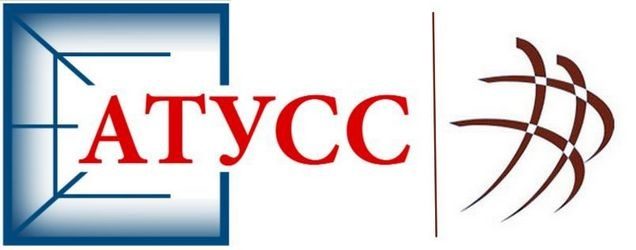
Our Department, the Textile School for Design, Technology and Management, began its life as the Higher Technical Textile School in 1958. After World War II, great efforts were made to rebuild the industry that was left in shambles, and the textile industry – with its long and rich tradition in Serbia – was no exception. Hard at work on rebuilding the plants and restarting the production, but also trying to catch up with the latest advances in technology from abroad, the Union of Textile Engineers and Technicians formed a permanent committee for education in May of 1957, with the goal of determining the needs of the industry for trained workers and designing an educational network for the formation of new and the improvement of existing professionals.
From the very beginning, the Textile School was therefore oriented towards cooperation with the industry and towards practical work; textile companies have also understood that working on the education and improvement of skilled workers is as important as production itself. With a careful screening of the needs of the production, it was already in the school year 1960/61 that the general education profile was replaced with two departments:
- Mechanical Textile Enginerring (focused on the processes of spinning, weaving and knitting), and
- Chemical Textile Engineering (focused on the use of chemicals in textile processing, dyeing, and finishing).
The first requests for the introduction of a department that would focus on the mass production of clothing and knitwear emerged as early as 1965; however, due to a lack of resources, this department would only come to life in 1974. In spite of various challenges, the school continued to develop and grow its courses; at the time, students from all over former Yugoslavia learned and perfected their skills here.
Even throughout the difficult period that ensued, aware of the need to keep up with the incredibly swift development of the fashion industry, the school introduces new departments and study programs:
- the Apparel and Textile Design department from 1993/94;
- the department of Management and Quality in the Textile Industry from 1994/95;
- the study program for Garment Modeling and Construction, from 1998/99.
A new wave of change came with the demands of the Bologna Process in 2002; until then, the studies took 5 semesters, and starting with 2002, they take 6 semesters, or three years to finish. There are also thorough changes in the study programs and curriculums; several new, experimental study programs are introduced and new working methods are explored.
With the first accreditation of the school, in 2007, after working long and hard on making the necessary adjustments so as to comply with the new standards, four study programs were established:
- Textile and Apparel Design;
- Textile Technology;
- Apparel Technology (with two modules, Technology, and Modeling and Construction)
- Management in the Textile Industry.
Since then, the school has gone through several accreditation cycles, always working to improve and adjust the study programs. Within the reform of higher vocational education prompted by the Ministry of Education, in 2019 the school became a department of the Academy of Technical and Art Applied Studies Belgrade. Currently, the school offers three programs of basic applied studies – Textile and Apparel Design, Textile Engineering, and Management in the Textile Industry, as well as three programs of master applied studies, in the field of Textile and Apparel Design, Textile Engineering, and Management in the Fashion Industry, accredited in 2022. With the new programs of master applied studies, the school is now fully immersed in the contemporary trends in vocational education, turning towards the burning issues of sustainable technology and fashion.
As we approach our 65th anniversary, looking back on all of the changes that the school went through, a thread emerges that connects all of those study programs and ideas – cooperation with the industry, and the need to adjust the courses that we offer in the best possible way to its needs. On the one hand, it makes it easier for our graduates to find employment, and on the other, it provides high-quality professionals for the textile and apparel manufacturers, who are prepared to tackle the challenges of production in this day and age. Although we cannot know what breakthrough technologies and changes the future may bring, this thread is something we will always go back to and aspire to achieve.
